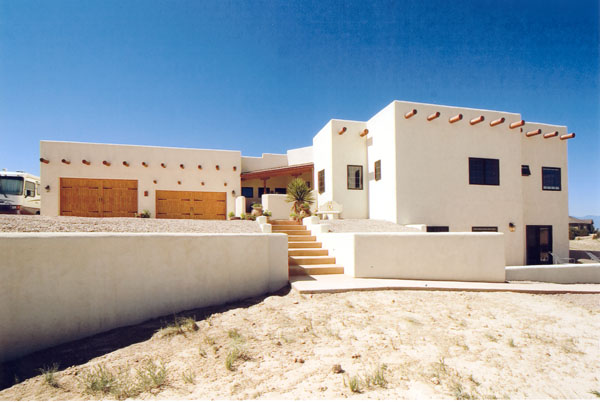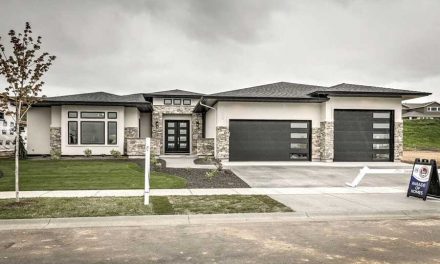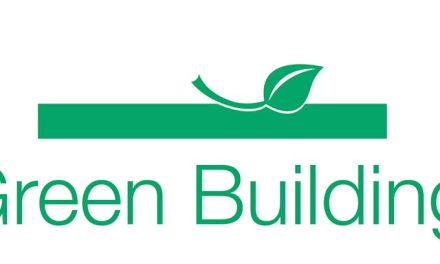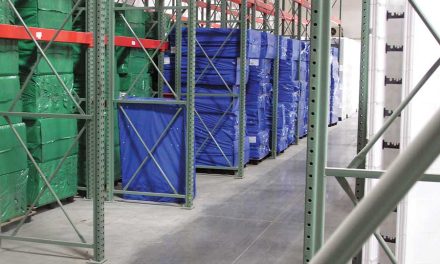By Brian Corder
Fairytales and folk stories serve as lasting lessons and illustrations for our lives well beyond childhood. Most of us know the story of Goldilocks and the Three Bears, but what we might not have considered is this—choosing building materials is a very similar predicament to the one in which Goldilocks found herself. We need to find the products that are just right: are ICFs too expensive? Are other technologies “good enough”? How do we use it in our designs?
Architects, designers, and specifiers are always looking for the best materials and technology to meet their design vision and achieve code compliance all while staying on time and budget. “Are ICFs a good fit for my project?” is one of the most frequent questions from architects, engineers, home builders, and those interested in ICFs. Whether building a multistory residential project, a school, place of worship, or a forever home, ICFs combine material and building science to deliver performance beyond any other current technology.
The basics of ICFs are well understood. All ICF manufacturers strive to create safe, cost-effective, easy-to-use products to build stronger, more resilient, energy-efficient, and healthier projects. The performance of all ICFs is driven by two basic materials working together: the dense EPS insulation protecting a solid structural concrete core. The driving force behind the cost-benefit analysis in both residential and commercial construction is increased energy code requirements and disaster resilience needs.
I recently attended a presentation at the 2020 NAHB International Builders Show by the NRMCA Build With Strength program. The presenter was a multifamily developer who has built projects in several areas of the country. They exclusively build with ICFs now for several reasons; cost is chief among them. The complexity of multistory design using wood or steel studs becomes costly. The savings through insurance offsets for hazard mitigation combined with increased tenant satisfaction, shorter build times, simpler wall designs, decreased maintenance, and several other incidental benefits made the decision easy. He had multiple projects where they compared the direct costs of construction with framed walls compared to ICFs. ICFs were close to the same cost or the cost difference was insignificant in terms of total project scope (and that was before offsetting with the longer-term benefits of ICFs).
Architects and designers are all trying to create spaces that accomplish the goals and meet the needs of their clients. Knowing that ICFs are cost-comparable and cost-effective, are other technologies “good enough?” The answer is maybe, but only for the short term. As we look at the total cost of ownership and maintenance, their energy and maintenance needs are significant.
Making these structures cost-effective to live in with increasing energy costs takes significant time and money. Replacing tired and polluted cavity insulation, adding exterior insulation and new exterior finishes can only achieve certain gains. Even building to these new standards with conventional materials creates new challenges. Traditional walls can have dew points created inside walls that do not breathe. Or moving finish attachments so far from structural members that it’s necessary and costly to fur out a wall again so attachments aren’t so far from the studs. ICFs, however, deliver real-world energy-efficiency that will exceed code requirements for the next 50 years and beyond. ICFs potentially deliver enough R-value that they’ve reached the point of diminishing return for insulation. The correlation between the R-value of insulation and performance can quickly reach the point of no return: more isn’t always better.
Why does the insulation type matter? Stopping energy transfer is the basic idea of insulation. Almost all other materials use entrained air in the wall cavity to resist changes in temperature. The flaw in this is the air movement through the wall itself. Where there is movement of air, there is energy loss. Where there are cavities, there are potential points of failure during natural disasters, paths for fire to move to the inside of the building, and a haven for dust, dirt, allergens and other materials to accumulate over time. In terms of insulation performance foam insulation is the only material on the market that stops all three forms of energy transfer: conduction, convection and radiation.
The solid continuous nature of a monolithic concrete wall eliminates most all of these weaknesses. When combined with dense insulation surrounding an airtight wall, these weaknesses are eliminated. ICFs don’t leak air, collect dust, dirt or allergens, and withstand most natural disasters.
So back to our initial question, “Are ICFs a good fit for my project?” The answer is yes if you want to create a building that will last for hundreds of years, maintain energy-performance, withstand natural disasters, and use truly green building materials that make a real difference in the structure. ICFs deliver guaranteed comfort, quality of life, and peace of mind. Wherever the project, whatever the need, ICFs deliver. Goldilocks would be pleased: ICFs are just right.
Brian Corder is marketing chair for the Insulated Concrete Form Manufacturers Association and president of BuildBlock Building Systems.













